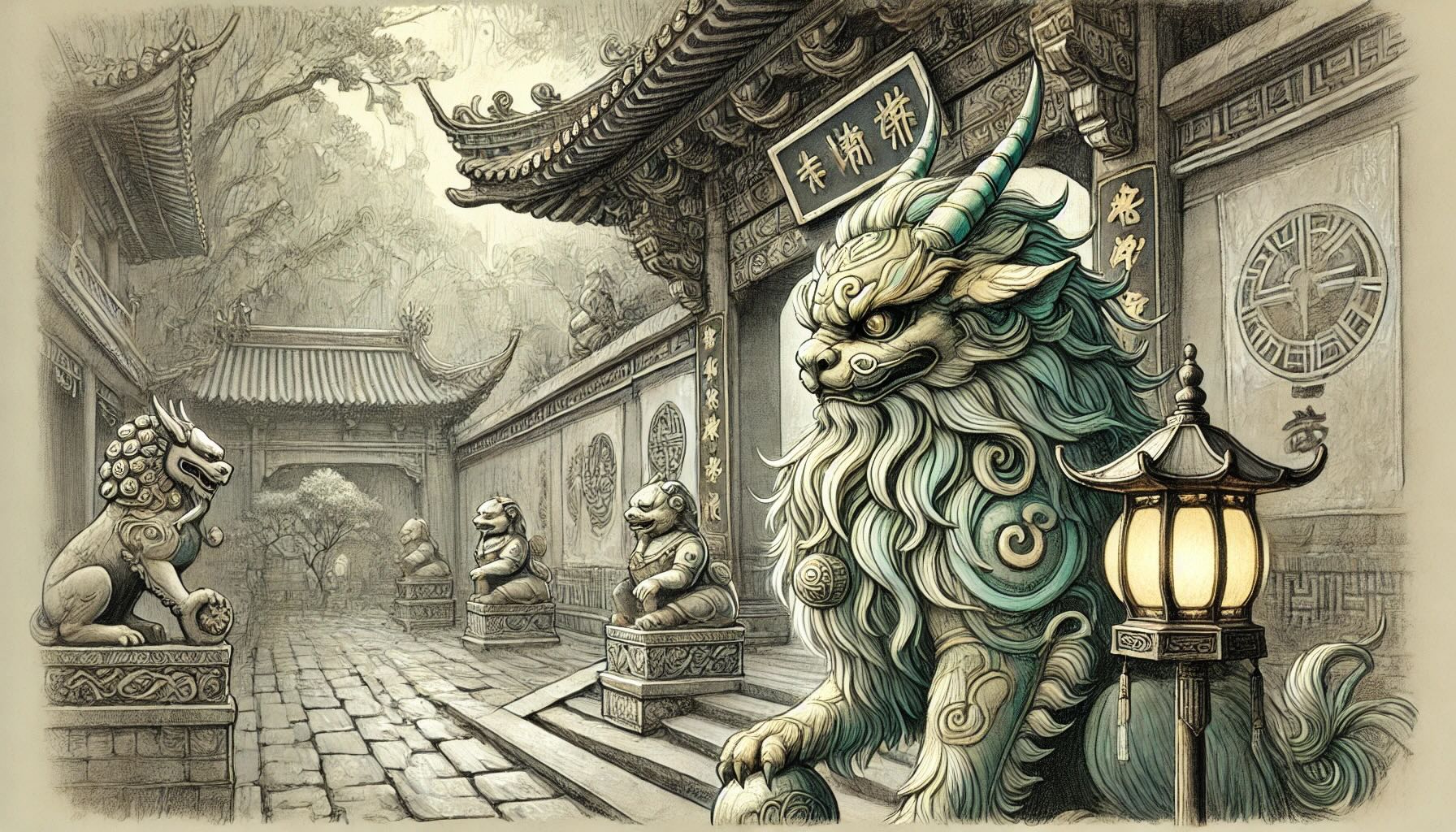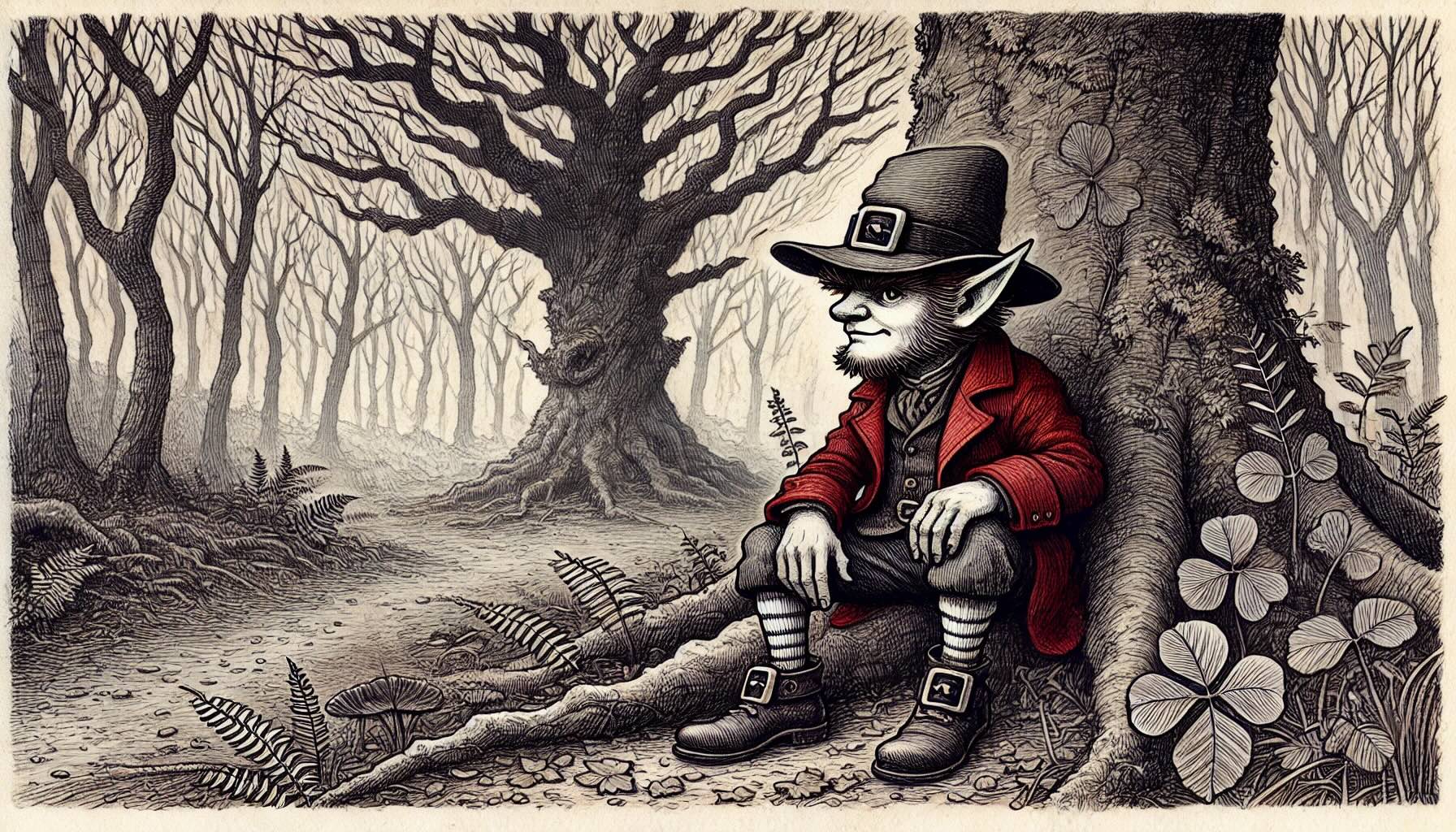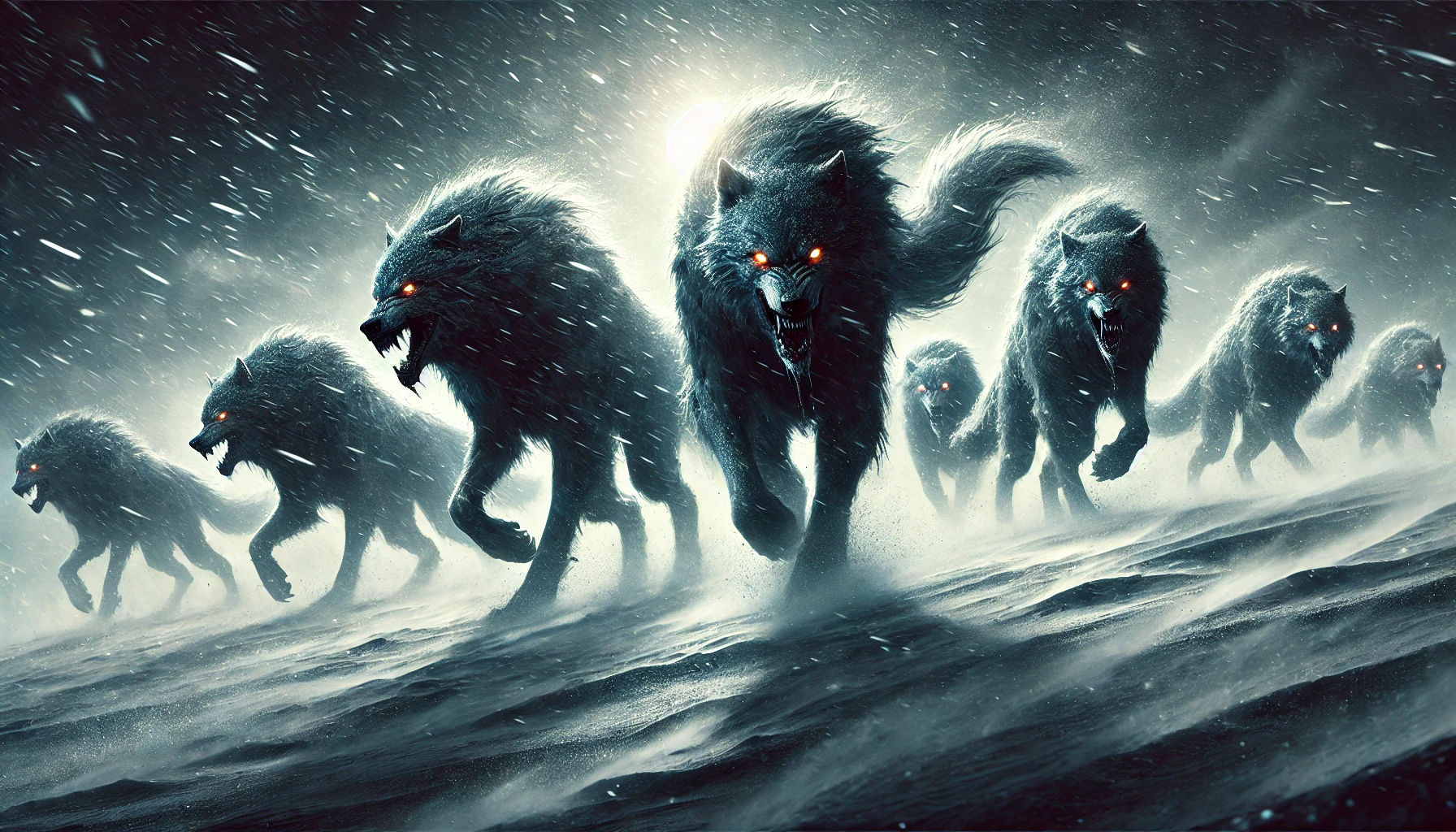The Tell-Tale Sound of a Leprechaun
If you ever find yourself walking the rolling green hills of Ireland and hear a rhythmic tapping, like the sound of tiny hammers striking wood, stop and listen. This may be your only warning. The Leprechaun is near.
For centuries, stories have been whispered of these diminutive tricksters—solitary fairy folk who spend their days cobbling shoes and hoarding gold in places only they know. Though small in stature, a leprechaun’s wit is as sharp as a fox’s, and any attempt to outsmart one often ends in embarrassment—or worse.
Spotting a Leprechaun: Appearance & Traits
Forget the modern image of a smiling, ginger-bearded man in a bright green suit. True leprechauns are grizzled, weathered, and often wear muted clothing—browns, grays, and earthy greens, built for blending into the countryside. Their coats and breeches are tattered from centuries of labor, and their pointed shoes bear the marks of endless tapping and stitching. Their most defining trait? A well-worn, three-cornered hat perched upon their head.
Standing no more than three feet tall, their age is impossible to determine. Some appear ancient, with gnarled fingers and knowing eyes, while others seem mischievously youthful, darting between shadows with the energy of a child. But do not be fooled—young or old, a leprechaun’s cunning runs deep.
The Elusive Gold and Cunning Hoarder
Many claim that leprechauns guard their hidden gold, a fact that has led many an unfortunate soul to their ruin. Legends claim they hoard their riches in buried pots at the ends of rainbows, but don’t let that fool you—rainbows are fleeting, and so are the chances of claiming their treasure.
The few who have captured a leprechaun report the same trick: the little fairy offers its captor three wishes or promises to lead them to gold. But the greedy rarely prosper. Wishes go awry, and gold turns to leaves the moment it’s out of the fairy’s grasp. No matter the approach, the outcome is always the same—the leprechaun escapes, laughing as it vanishes into the hills.
Tales of Those Who Tried
Many have tried to trap a leprechaun, but few live to tell the tale without regret. Consider the story of Padraig O’Riley, a farmer who stumbled upon a leprechaun while gathering firewood. Holding the creature tight, he demanded to be led to its gold. The leprechaun nodded and led him deep into the forest to a lone oak tree, where it claimed a great fortune was buried beneath. Excited, Padraig tied his red scarf around the tree as a marker and hurried home for a shovel. But when he returned, every single tree in the forest bore the same red scarf.
Some tales tell of travelers who accepted a leprechaun’s bargain only to wake up miles away, pockets empty and memories hazy. Others speak of those who received great riches, only to find them transformed into stones or dust by morning. And then there are the few who were foolish enough to insult a leprechaun—these unfortunate souls often vanished without a trace.
Hidden Haunts: Where Leprechauns Lurk
Leprechauns are solitary by nature and prefer secluded places, far from human interference. The safest way to encounter one—if such a thing exists—is to venture where few dare tread:
- Ancient forests, where gnarled roots twist like grasping fingers.
- Lonely country roads, where their faint tapping can sometimes be heard at dusk.
- Crumbling fairy forts, ruins said to be sacred to Ireland’s fairy folk.
- Rocky caves and deep hollows, where stolen riches and secrets remain untouched.
Beware the urge to follow a strange flickering light in the dark. Many have mistaken these will-o’-the-wisps for signs of fairy gold, only to find themselves hopelessly lost.
The Mind of a Trickster
Unlike some of Ireland’s more malevolent fairy folk, leprechauns are rarely violent—but that does not mean they are safe. Their true weapon is their wit, and they are masters of deception. If caught, they will lie, beg, flatter, and deceive until they wriggle free.
They are also skilled shapeshifters, able to vanish into thin air or take the form of an animal at will. Some say the sharp-eyed may spot one for a moment before it disappears—a hare darting through the brush, an owl watching from the branches. But once it decides to be gone, it is gone.
Surviving a Leprechaun’s Mischief
If you suspect a leprechaun is nearby, take heed of the following advice:
- Do not break eye contact. A leprechaun can only vanish when you look away. Many a fool has been tricked into glancing aside for just a second—long enough for the creature to escape.
- Never take your hands off it. Stories abound of people who caught a leprechaun but, in their excitement, loosened their grip and lost it forever.
- Beware its bargains. Wishes come with consequences, and gold is rarely what it seems.
- Leave offerings at fairy forts. A bit of milk, bread, or whiskey might just earn you their favor—or at least keep them from playing tricks on you.
- Respect their solitude. If you do see one from afar, consider it a rare blessing. Approaching a leprechaun rarely ends in one’s favor.
Not All Leprechauns Are the Same
While the classic leprechaun is the best known, Irish folklore tells of similar fairy folk:
- Clurichaun: These nocturnal fairies are often mistaken for leprechauns but are known to be rowdier, haunting wine cellars and drinking their fill.
- Fear Dearg: A more sinister cousin, these “Red Men” bring misfortune and nightmares to those who cross them.
- Far Darrig: Mischievous but with a darker sense of humor, these fairies delight in terrifying mortals with cruel pranks.
A Parting Warning for the Foolish and the Bold
If the rhythmic tapping of a tiny hammer fills the air and you catch sight of a diminutive figure in the brush, some say you should think carefully. You have found something rare—but whether that encounter brings fortune or folly is entirely up to your own wits.
It is said that no one truly outsmarts a leprechaun. At best, you might leave with a story. At worst… well, let’s just say that Ireland’s hills are full of places where the lost are never found again.



